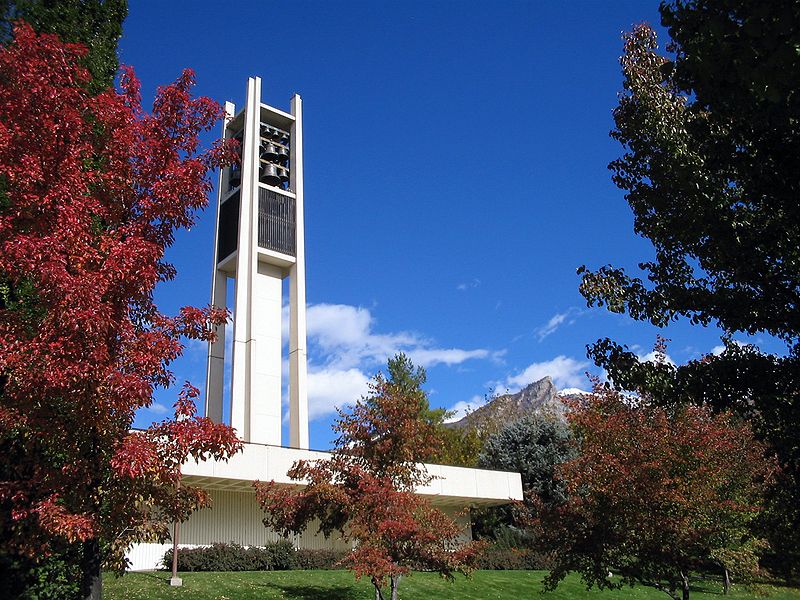It was during the late spring of 1986, and I was on a mission. More precisely, I was in the latter part of post-baccalaureate studies and in the home stretch making my way toward earning a Master’s Degree in Education at California State University, Fresno the culminating requirement being a thesis project.

This particular field of study for me had relevance in the sense that I was indeed one said graduate who, a decade prior, earned a baccalaureate in, you guessed it, Engineering Technology, and all throughout my working life engaged in related activities, I assumed the title: technician.
The job of technician, when you get right down to it, is a position filled by someone working in the area of technical testing and/or evaluation, quality assurance and/or control, or maintenance or repair or a combination of any or all of the above. That said and given that a person who receives technical training – whether this is in the military or in a commercial or business setting or within academia (a two-year degree program), the question is: was further and/or advanced academic preparation and training even needed when it came to filling the role of technician in industry? What I wanted to find out and in order to do this in my case required digging deeper and therefore the reason for the research for the thesis I was then working on – a big, important and necessary part of the Master’s degree I was ultimately pursuing.

Okay, so it’s pretty much a blur as to what route I had chosen to take to get from my home in Central California to Reno, Nevada where I lodged on the overnight portion of the first travel day. I would be inclined to think that I drove State Route (SR) 41 north into Yosemite National Park, connecting with SR 120 which crests the park summit at Tioga Pass then descending to the east where the road met highway 395 which would enable me to get to Reno. To me, this would have been the most direct routing between the two locations.
In leaving The Biggest Little City in the World – as Reno is famously and familiarly known – in driving the import that I had at the time making my way through downtown city streets to Interstate 80, my drive took me to the town of Fernley, Nevada which is where I exited the interstate and proceeded east on a secondary highway – Alt. 50. The alternate becomes Highway 50 between Fernley and Fallon. The section from the latter to Ely on the Silver State’s opposite side had to be the most desolate stretch of freeway I had ever driven. That there was only the occasional car or truck passing in the opposite direction, I was taken aback at the sight of bicyclists of all things pedaling their way across this isolated and lonely territorial expanse.
Somewhere betwixt and between I pulled off the road to stretch my legs, maybe grab a bite to eat and get gas before continuing east. This was no doubt in the town of Eureka one of only a couple that dotted Highway 50.
As I got closer to the Nevada/Utah border and it got later in the day, I remember the road ascending in grade with the topography becoming more mountainous. Farther along on this journey at Delta, Utah, the highway duo separated and, it was there that I would bid farewell to 50 and stay on 6, the likes of which would allow my connecting with Interstate 15 and, in traveling north, I would be Provo bound.
Ely (pronounced: ee-lee) has copper mining roots. Not far from here was located an open pit mine, one of the largest in the world, the Ruth Copper Pit, this according to a road atlas I have. A railroad line there linked the mines with an entirely different railroad, miles to the north at a town in eastern Nevada known as Shafter, Ely’s railroad connection to the outside world. Ely, by the way, is where Highway 50 coming from the west joins Highway 6.

It must have been about 5 in the afternoon or 6 in the evening that I made it to a second Eureka, this one this time in Utah. I remember Eureka, Utah being somewhat hilly. In fact, that’s all I remember about the town.

So, longer story made shorter, after overnighting it in Provo, the following morning I drove from the motel where I stayed to Brigham Young University to meet with the professor who I was hopeful would be able to shed much light and provide considerable input and maybe provide a wealth of resource material that would lend itself toward the successful completion of my thesis which ultimately happened in 1987.
On the one hand while I vividly recall the journey to Provo, except for the very first leg of it to Reno, on the other hand, I don’t remember the drive back or the route that I had taken or how many days that journey took. But, I’m pretty sure I spent another overnight in Reno because the drive from Provo to my central Valley home in Fresno would have been too long a drive for me to make in one day.
Images: Cornfield, Fallon, Nev., Mchavez, (top); Centennial Carillon, BYU, Provo, Ut., Ivan Anderson (2nd); Topaz Mountain and Markers at Gunnison site, both at Delta, Ut., Philkon Phil Konstantin (3rd and bottom)
– Alan Kandel
This post was last revised on Dec. 2, 2019 @ 8:57 a.m. Pacific Standard Time.
